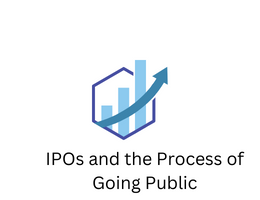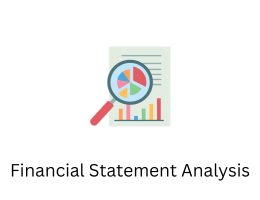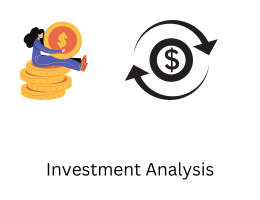
Financial Planning and Analysis: The process of creating budgets, forecasts, and financial models to analyze and plan for a company's future.
- By admin --
- Sunday, 02 Jul, 2023
Introduction: Financial planning and analysis (FP&A) is a crucial process for organizations to analyze their financial health, make informed decisions, and plan for the future. It involves creating budgets, forecasts, and financial models to guide strategic initiatives and optimize resource allocation. This article explores the key components of FP&A, its benefits, and the steps involved in implementing an effective FP&A framework.
-
Understanding Financial Planning and Analysis: Financial planning and analysis is a systematic approach to assessing and managing a company's financial performance and prospects. It involves gathering and analyzing historical financial data, market trends, and industry benchmarks to develop comprehensive budgets and forecasts. These financial models serve as a roadmap for decision-making, resource allocation, and evaluating the financial impact of potential business strategies.
-
Benefits of Financial Planning and Analysis: Implementing a robust FP&A process brings several advantages to organizations. Firstly, it provides a clear financial roadmap that aligns with strategic objectives, enabling better decision-making and resource allocation. FP&A also enhances financial transparency by identifying areas of inefficiency or financial risks, enabling proactive management. Moreover, it facilitates effective communication between stakeholders, such as management, investors, and lenders, by presenting a comprehensive and accurate financial picture.
-
Key Components of Financial Planning and Analysis: Successful FP&A involves several key components. Firstly, it requires gathering and analyzing historical financial data, including income statements, balance sheets, and cash flow statements, to understand past performance. This data serves as the foundation for developing accurate budgets and forecasts. The next step involves creating financial models, using techniques such as sensitivity analysis and scenario planning, to assess the impact of various factors on future financial outcomes. These models help identify risks, evaluate investment opportunities, and optimize capital allocation.
-
Implementing an Effective FP&A Framework: To establish a successful FP&A framework, organizations should follow a structured approach. This includes defining clear objectives, ensuring data accuracy and integrity, selecting appropriate forecasting techniques, and establishing key performance indicators (KPIs). Implementing robust financial planning software and tools can streamline the process, improve data accuracy, and enable efficient analysis and reporting. Additionally, collaboration and communication among various departments, such as finance, operations, and sales, are crucial for accurate forecasting and planning.
-
Continuous Monitoring and Adaptation: FP&A is an ongoing process that requires continuous monitoring and adaptation. Regular performance reviews and variance analysis help identify discrepancies between actual and projected results. This information enables organizations to make timely adjustments and take corrective actions. By closely monitoring financial performance and market conditions, organizations can adapt their plans and forecasts, ensuring agility in a rapidly changing business environment.
Conclusion: Financial planning and analysis is a vital tool for organizations to make informed decisions, manage risks, and achieve long-term success. By leveraging historical data, accurate forecasting techniques, and robust financial models, companies can develop comprehensive budgets and forecasts that align with strategic objectives. Implementing an effective FP&A framework promotes financial transparency, enhances communication with stakeholders, and enables proactive management. Continuous monitoring and adaptation ensure that organizations can respond swiftly to market changes and maintain a competitive edge. Embracing FP&A as a strategic approach is key to achieving sustainable growth and profitability in today's dynamic business landscape.





